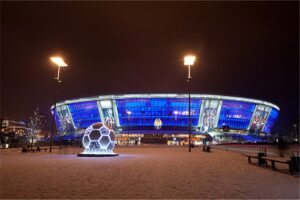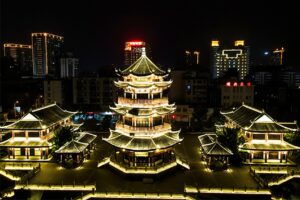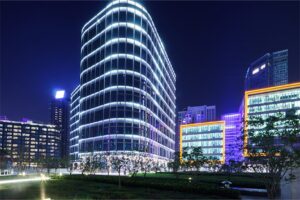The world of office design, lighting plays a pivotal role in enhancing productivity, employee well-being, and overall ambiance. Office building lighting engineering requires a thoughtful approach that goes beyond merely illuminating spaces. This guide will walk you through the essential steps to ensure a successful and well-executed lighting plan for office environments.
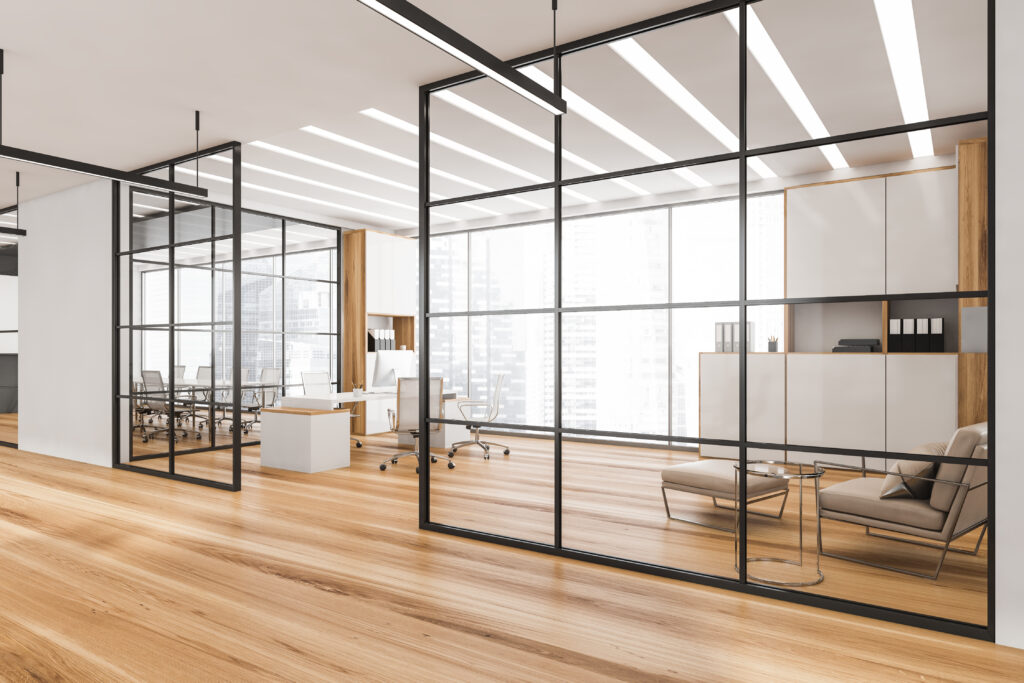
1. Understand the Purpose
Before diving into the technicalities, it’s crucial to understand the purpose of the lighting design. Consider the specific needs of the office space, whether it’s an open workspace, meeting rooms, or private offices. Recognize that different areas may require different lighting levels and color temperatures to support various tasks and moods.
2. Conduct a Lighting Audit
Evaluate the existing lighting conditions and identify areas that need improvement. Consider factors such as natural light, existing fixtures, and potential glare issues. A lighting audit will provide valuable insights into the current state of illumination and guide your decisions on where enhancements are needed.
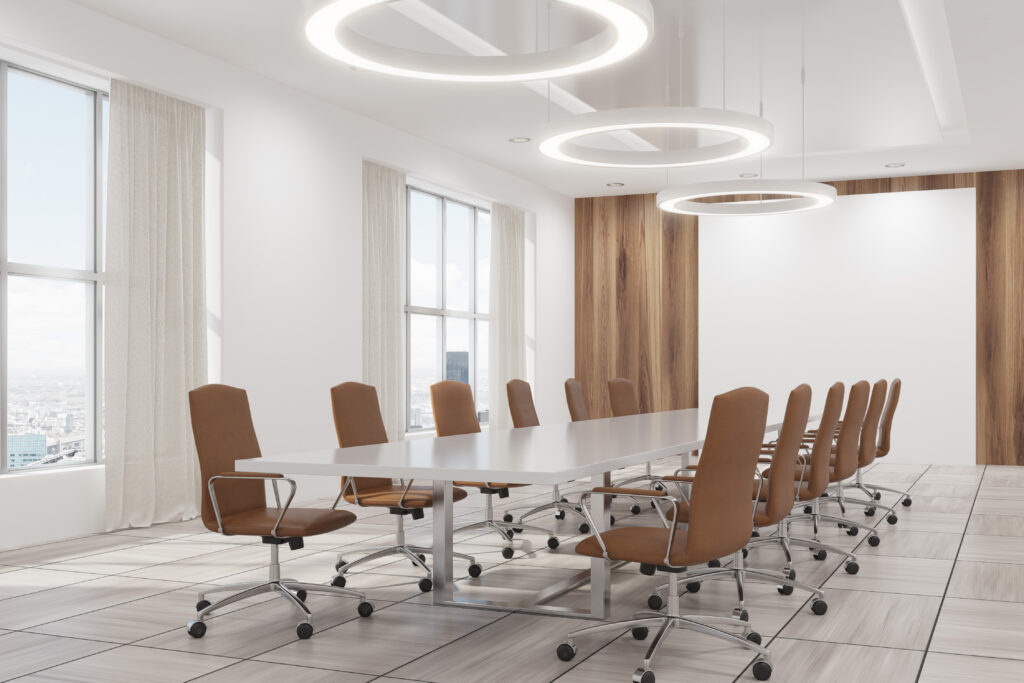
3. Choose Appropriate Fixtures
Selecting the right lighting fixtures is crucial for achieving the desired lighting effect. LED lighting is a popular and energy-efficient choice for office spaces. Ensure fixtures are appropriately positioned to avoid shadows and glare, and consider adjustable fixtures to accommodate different tasks and preferences.
4. Implement Task Lighting
Incorporate task lighting in workstations and individual offices to provide focused illumination for specific tasks. Task lighting helps reduce eye strain and allows employees to customize their lighting based on their needs. Desk lamps and under-cabinet lighting are effective options for task-oriented areas.

5. Control Systems
Integrate lighting control systems to allow for flexibility and energy savings. Use sensors and programmable controls to adjust lighting levels based on occupancy, time of day, and natural light availability. Smart lighting systems can contribute to sustainability efforts and create a more responsive and efficient workspace.
6. Prioritize Energy Efficiency
Opt for energy-efficient lighting solutions to reduce operational costs and environmental impact. LED technology, in particular, offers longevity and significant energy savings compared to traditional lighting sources. Additionally, consider implementing motion sensors and timers to ensure lights are only in use when necessary.
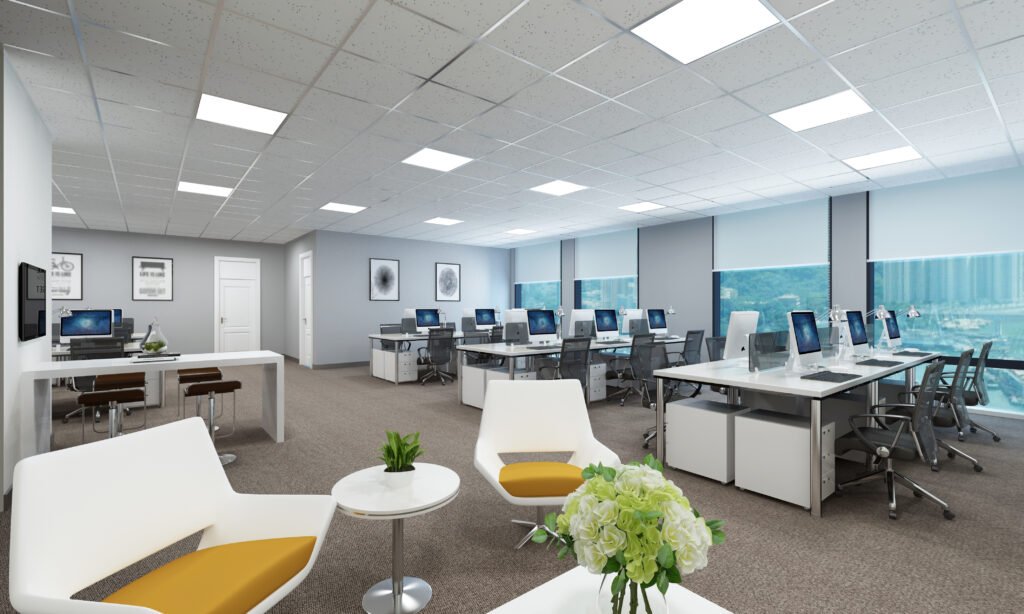
7. Consider Aesthetics
While functionality is paramount, aesthetics should not be overlooked. Well-designed lighting can enhance the visual appeal of an office space and contribute to a positive atmosphere. Choose fixtures that complement the overall design of the office and create a cohesive look.
8. Regular Maintenance
Once the lighting system is in place, establish a regular maintenance schedule. Replace tubes promptly, clean fixtures, and address any issues to ensure consistent and optimal performance. Regular maintenance not only preserves the longevity of the lighting system but also contributes to a safe and comfortable working environment.
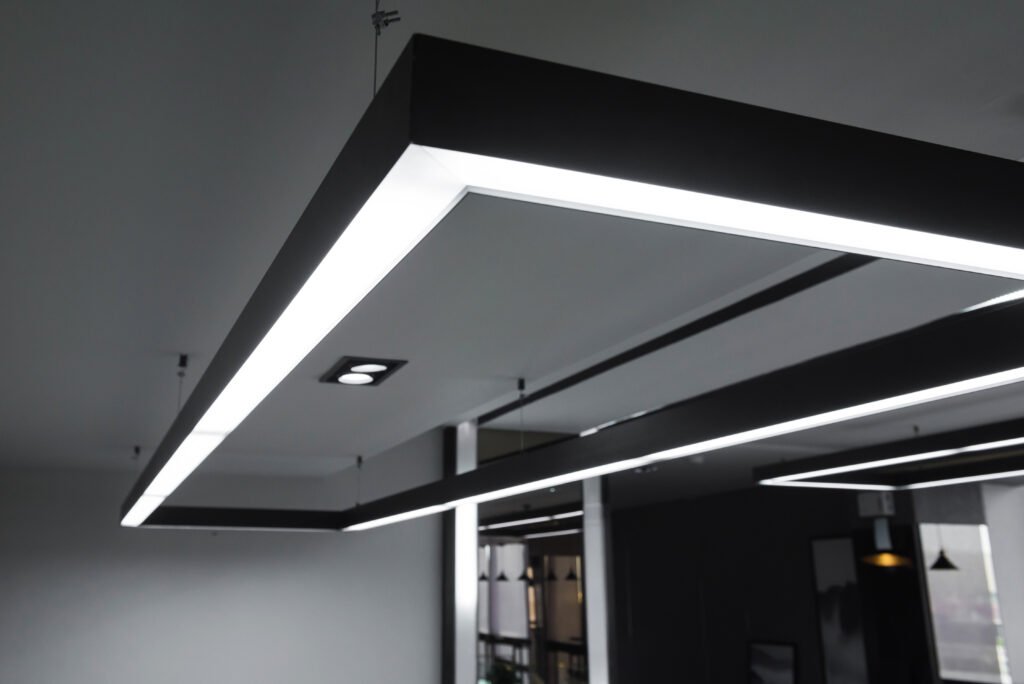
Office lighting engineering is a multifaceted task that requires a blend of functionality, aesthetics, and energy efficiency. By understanding the specific needs of the workspace, embracing natural light, and implementing the right light fixtures and control systems, you can create a well-lit environment that enhances productivity, supports well-being, and contributes to the overall success of the office.
Solutionproled is specializing in the manufacturing and supplying kinds of office lighting products. Any help, please contact online or send email by sales@solutionproled.com.

